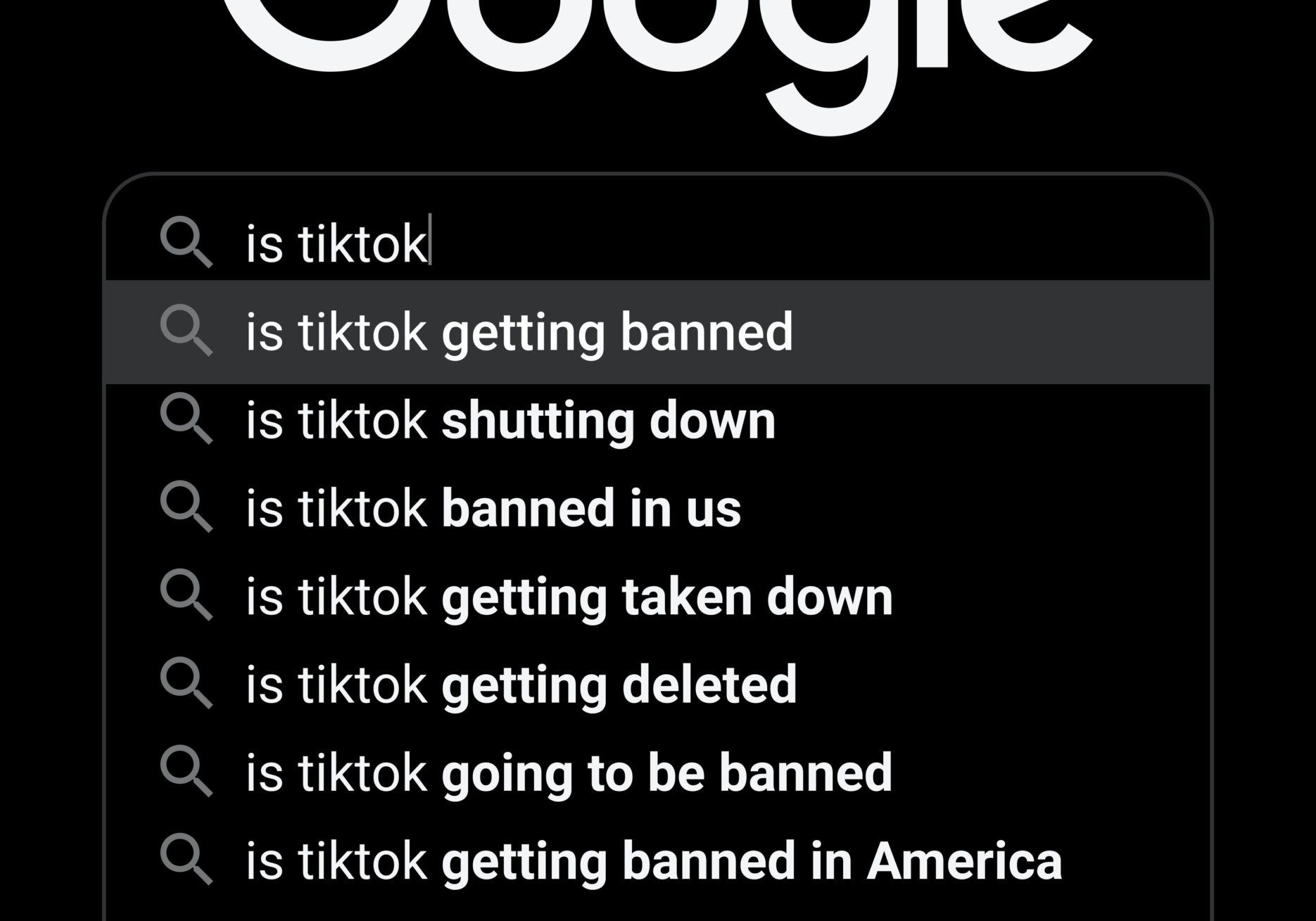With the current escalation in US-China tensions and the upcoming ban on WeChat and TikTok in the US, this is a tense time for US companies with a presence in the Chinese market.
Trump administration bans US enterprises from business with WeChat or TikTok

Trump signed an Executive Order on August 6 banning TikTok unless the company sold its US operations within 45 days. While Microsoft, Oracle, Walmart and Twitter have all been in talks with ByteDance (the founder of TikTok) to purchase its US operations, there has been no purchase yet. TikTok has taken the government to court over the banning of the app.
This [TikTok’s] data collection threatens to allow the Chinese Communist Party access to Americans’ personal and proprietary information — potentially allowing China to track the locations of Federal employees and contractors, build dossiers of personal information for blackmail, and conduct corporate espionage.
Extract from the Executive Order
A separate Executive Order will also prevent US citizens and enterprises from doing business with WeChat. As part of these measures, Trump invoked the International Emergency Economic Powers Act (IEEPA) which allows him to ban transactions between the US and foreign businesses.
The problem facing US companies is that currently nobody knows where the parameters are on the Executive Order. Until the Department of Commerce decide where the boundaries lie, US companies are in unknown territories. The Secretary of Commerce has been given the 45 days leading to the ban to list which “transactions” are prohibited.
The uncertainty of TikTok and WeChat’s future in the US is undoubtedly bringing anxiety to brands who use the platforms to market to consumers.
But what does this ACTUALLY mean for US businesses?
Targeting audiences in China vs US

There are two parts to the issue:
- US companies trying to reach Chinese in Mainland China
- US companies trying to reach domestic audiences
The Executive Order should not affect US companies trying to reach audiences within mainland China as it doesn’t have any jurisdiction over activity there. Nonetheless, companies may face issues if they don’t have offices in China to operate out of.
The ban is really aimed at US audiences: people using or creating content on TikTok and WeChat. The vague nature of the Orders could be interpreted to mean a blanket ban on all types of activity.
For WeChat, this could include transactions made over WeChat Pay and conversations between overseas and domestic Chinese. It is also unclear whether the ban could be applied to any of the other apps owned by Tencent, including the hugely popular game League of Legends.
It is highly likely that Apple and Google will also be forced to stop offering WeChat and TikTok on their app stores.
US businesses should develop a marketing mix
Certainly businesses targeting overseas China face an uncertain situation, but what should they do?
Obviously, brands must wait and see what the ban will look like in reality to make extensive strategic planning. The Secretary of Commerce will have to clarify the breadth of the Executive Order by September 20.
However, in the meantime, brands should get to know where their audience comes from and look into using a diverse range of marketing channels.
They will need to focus on having a clear measurement framework to track and analyse their audience. As such, they can focus on the best performing alternatives if faced by restrictions from WeChat.
A marketing mix is crucial at any time in order to expand reach, but, especially in the current uncertain circumstances. It is important to not over-rely on a particular channel and diversify beyond the “main” channels.
There are also ways for Western brands to target overseas Chinese on Western channels, such as using paid search and display advertising. Brands can also partner with Chinese community service apps to promote our content on their platforms.
Brands should also look to work with people or agencies who have experience of working with Chinese audiences and different platforms.
If you enjoyed this piece and want to contribute an article to Dao, please get in touch with the team.









